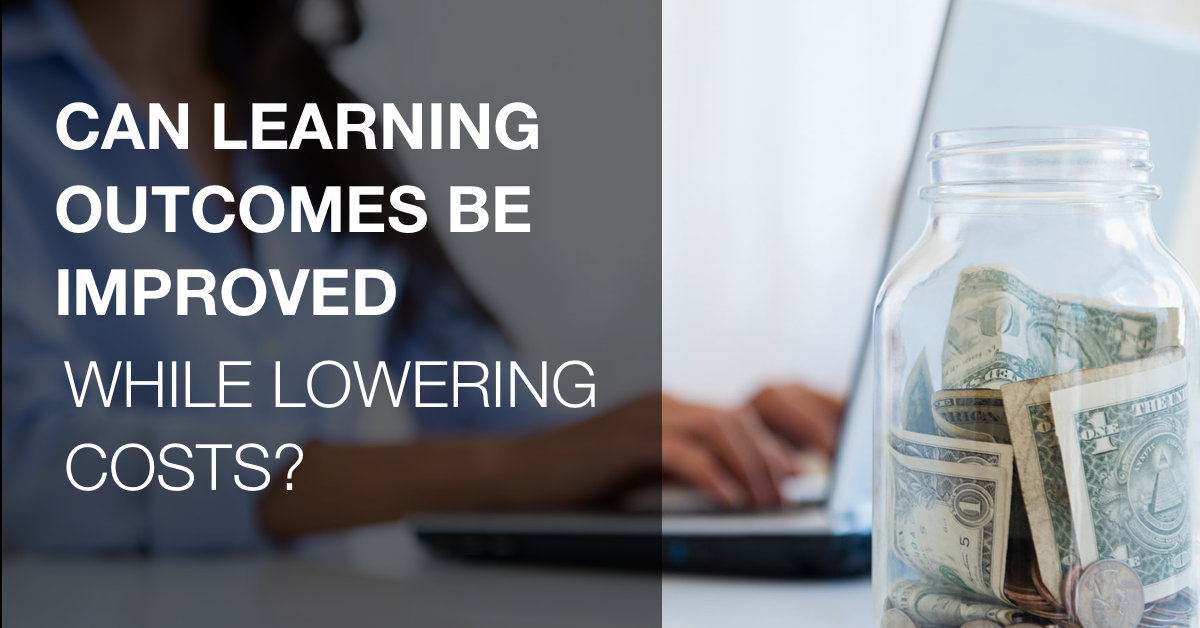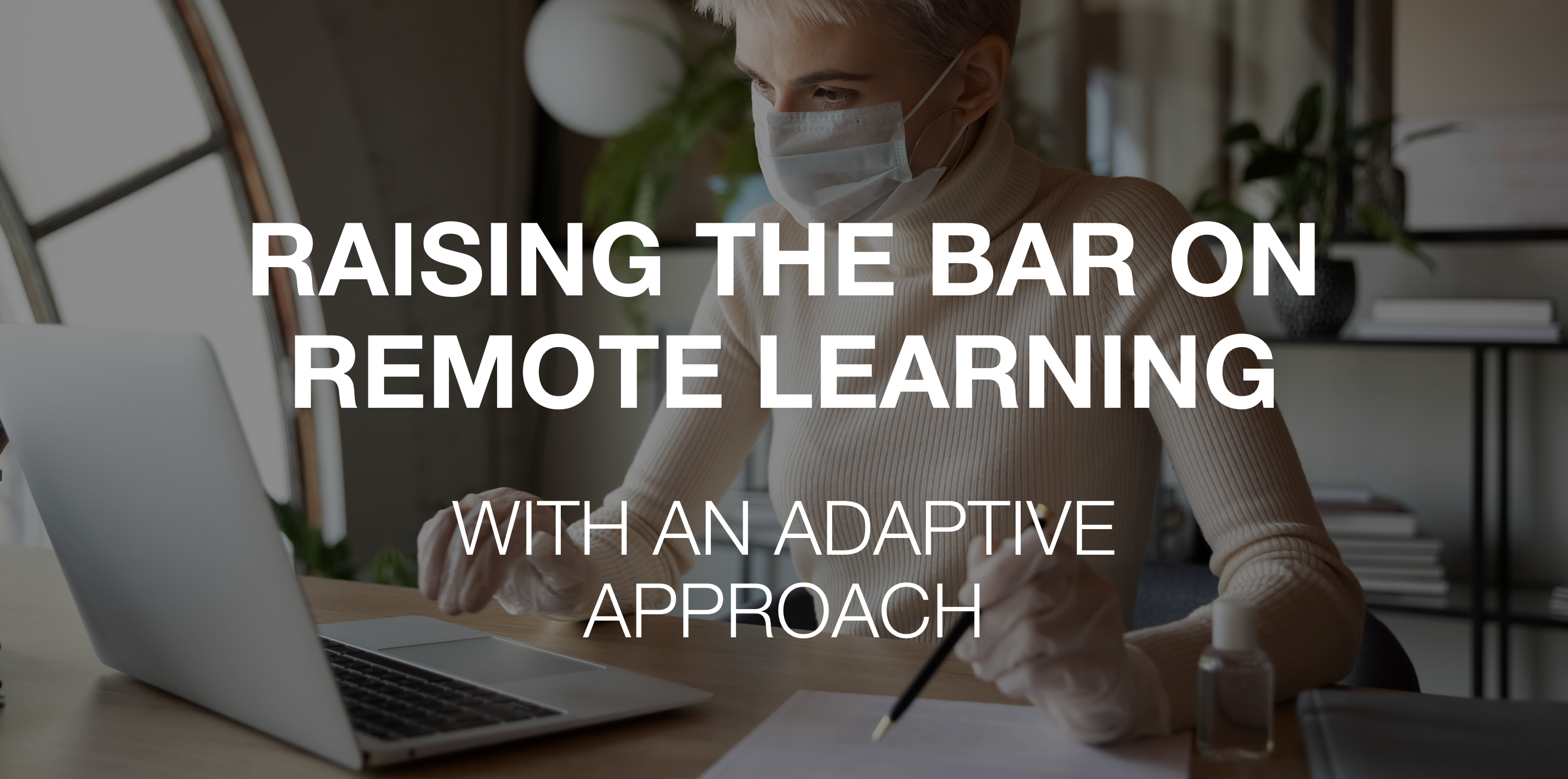The narrative around learning disabilities (LDs) often centers on children and how their disabilities are managed and accommodated in schools. But the simple truth is that LDs are not cured. Learning disabilities are managed. So when those children with LDs leave school and become adults, they still have their LDs.
A 2010 US Census showed that 4.6 million Americans reported having a learning disability.
Does traditional corporate learning and development training accommodate the learning needs of these adults? Or perhaps a better question: is traditional corporate learning even capable of accommodating adults with LDs? Until recently, the answer to that question was no. Traditional corporate learning made learning difficult for many adults with LDs. Furthermore, the incapacity of corporate training tools to adapt to the needs of these learners compounded its inability to meet the training needs of thousands of learners.
But Adaptive Learning accommodates adults with LDs in ways that were previously missed by traditional corporate classroom and online learning.
How Does Adaptive Learning Accommodate Learning Disabilities in Learning and Development Training?
Because of the varied types and effects of learning disabilities, each LD requires a different approach to learning accommodation.
But in a business of 1000+ people, learning and development training doesn’t always have the resources or knowledge to provide the required level of personalized training any employee might need, let alone an employee with a learning disability.
Adaptive Learning provides the personalized learning that all employees, including those with learning disabilities, need but at the scale your business needs.
Adaptive Learning adjusts learning content to the specific needs, knowledge, and skill level of individual learners.
Within the Adaptive Learning management system (LMS), learners practice continual self-assessment, rating their confidence in their answers. The data from that self-assessment is used to further individualize the learning experience.
Adaptive Learning improves learners’ knowledge and skills, and engages learners. The Adaptive Learning management system works with your existing LMS and also ensures mastery of learning content by providing targeted re-exposure to learning content, based on the learner’s previous confidence ratings. These repeated exposures drive learner understanding, increase learner engagement, and provide employee training that directly impacts your business.
While Adaptive Learning is not a cure-all for every LD, it is the best we have on this side of in-person tutors. Also, because those employees with learning disabilities are not obligated to disclose their LDs to their supervisors, this level of personalization also acts as a privacy shield. No one needs to disclose their LD - in order to get accommodations from the employer - when they’re taught with Adaptive Learning.
Meeting the needs of learners at all levels of ability is one of the many training pain points learning leaders feel in their business. Identify your pain points and find out how Adaptive Learning can fix them when you download this checklist.









